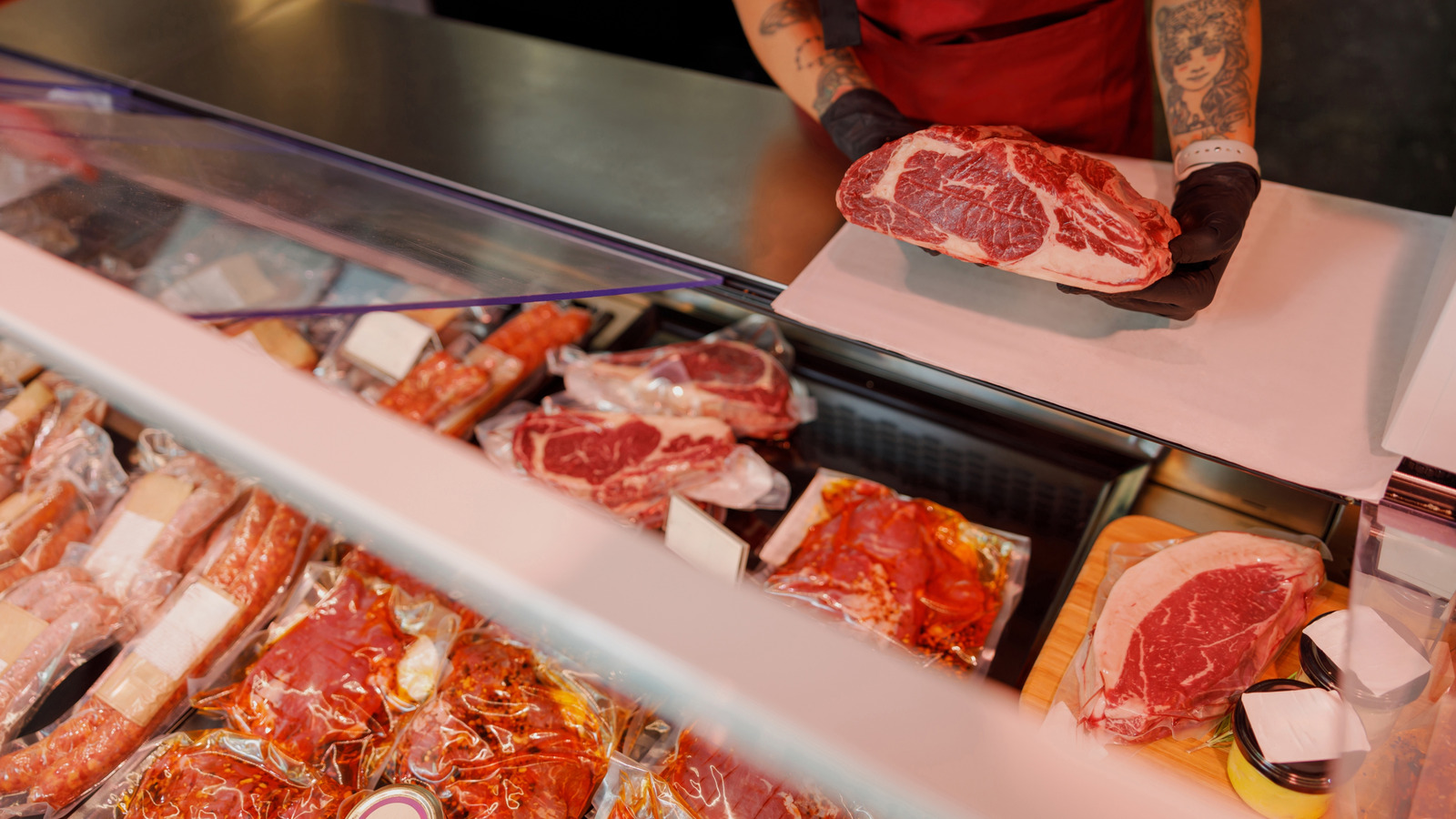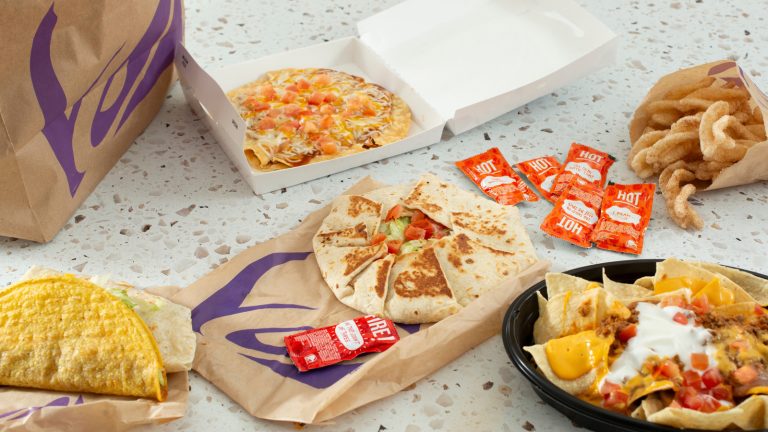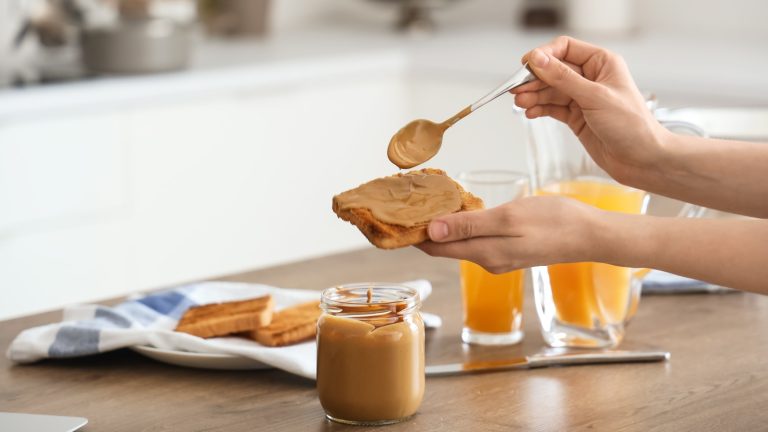The price of meat has increased steadily over the past several years, and the USDA predicts that all meat — especially beef and veal — will get even pricier. If you’re a carnivore, this news is distressing, so you’ll likely seek out bargains at a grocery store. You may assume, as most people do, that you’ll pay top dollar when you purchase meat at a local butcher, but in reality, that’s not always the case. In fact, you may even save money at a butcher shop, if you know what to shop for.
The biggest savings will be found by staying clear of the popular cuts of beef, like the tenderloin, T-bone, or ribeye, or skinless chicken breasts, which will always be more expensive in both the supermarket and butcher shop. Try less expensive cuts, such as beef shank, chuck roast, lamb neck, or pork picnic shoulder, all of which can be braised any season of the year.
Many butchers have been instrumental in discovering new cuts, like flat-iron steak or Robert Irving’s favorite inexpensive cut, the baseball steak, which you won’t find in a grocery store. Don’t be intimidated by asking a local butcher about daily deals; they will be happy to accommodate your budget and offer you unfamiliar cuts and even the best ways to cook them. Ground beef is always an affordable option, but if you buy it from a butcher, the meat will have less fat and you’ll get more beef for your buck.
Why it’s better to buy meat at a butcher’s shop
For convenience, a grocery store has the edge over a local butcher’s shop. Most grocery stores have well-stocked meat cases because they get their supply from large commercial producers, but it’s not always the highest quality despite the premium price. It’s more than likely that most supermarket butchers have no idea about the conditions in which the animals were raised and slaughtered. A butcher, however, depends on local farms for their meats and has developed long-standing relationships with farmers. Butchers know exactly where the animals come from and whether they were raised humanely, which smaller meat producers almost always do.
USDA labeling requirements are basic — product name, inspection status, weight, and ingredients — so you won’t know if a meat producer has treated its product with carbon monoxide to keep the meat’s color and extend its shelf life. Gassing is a common and government-approved practice, but it also conceals the length of time since the meat left the slaughterhouse to when it was delivered to the supermarket. At a butcher’s shop, the meat is always fresh, and you can watch the butcher cut the meat, so you’ll know exactly what you’re getting without any unexpected grizzle and excess fat that are often concealed in supermarket packaging. There are many cheap cuts of chicken, beef, and pork that you’ll only find at a butcher’s shop, and with the right sauce, you can upgrade inexpensive cuts to a luxury meal.






